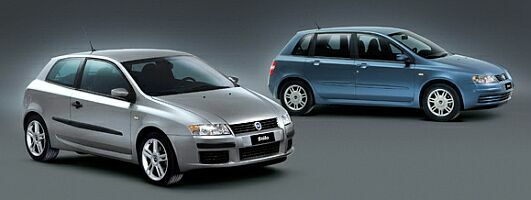 The
long awaited replacement for the Bravo/Brava, the new 'Stilo' as it has
officially been named (internally, project 192), was released officially
at the Geneva Motorshow in March 2001.
The
long awaited replacement for the Bravo/Brava, the new 'Stilo' as it has
officially been named (internally, project 192), was released officially
at the Geneva Motorshow in March 2001.
Following on from the Bravo/Brava pair, Fiat are stressing the different characters of the three and five door versions of the new car. This time, however, there is only the one name for both models. The heritage of the Bravo can be seen in the design of the three door car, whilst the five door model retains more styling cues from the three door version than was the case with the Brava.
The three door car has a slightly shorter body, a much lower roofline, and the driving position is lower, whilst the five door car is slightly longer, has a much higher roofline and has a raised drivers seating position. The latter model is described by the official press release as being a traditional car with the benefits of a monovolume added, with ease of entry, excellent interior space and raised driving position being quoted.
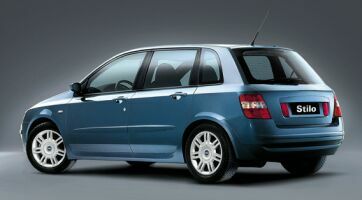 The
rear seat is also adjustable in two parts. The three door car is claimed
to empahsise driving pleasure, individualism and performance, whilst the
five door concentrates on on-board comfort, interior space (and the implied
safety), versitility and a competitive price. The range comprises three
trim levels (Active, Dynamic and Abarth), the two bodystyles, six engines
(see below) and seventeen different colours.
The
rear seat is also adjustable in two parts. The three door car is claimed
to empahsise driving pleasure, individualism and performance, whilst the
five door concentrates on on-board comfort, interior space (and the implied
safety), versitility and a competitive price. The range comprises three
trim levels (Active, Dynamic and Abarth), the two bodystyles, six engines
(see below) and seventeen different colours.
The engines comprise 4 petrol units and two diesels. The The former start with a 16V 1.2-litre unit (coupled to a six-speed gearbox) include 1.6 and 1.8-litre 4 cylinder 16V units and conclude with the 2.4-litre 5 cylinder unit (fitted with the Selespeed transmission) with 170bhp in the Abarth version. The diesels are both 1.9 JTD units, one with 80bhp and the other with an extra 35bhp thanks to a variable geometry turbocharger and an intercooler.
The
suspension is a conventional MacPherson strut setup at the front and a
modified torsion beam system at the back. Disc brakes are standard all
round on all models, and include Bosch ABS as well as EBD (Electronic Brakeforce
Distribution), ASR (Anti Slip Regulation), MSR (MotorSchleppmomentRegelung)
and a brake assist system. An ESP (Electronic Stability Program) system
is standard on some models. The steering is assisted electrically, proportional
to the speed, and includes two levels of assistance, selectable by the
driver. One is aimed for normal driving, the other (with more assistance)
for town driving and parking. Above 70km/h the two systems coincide.
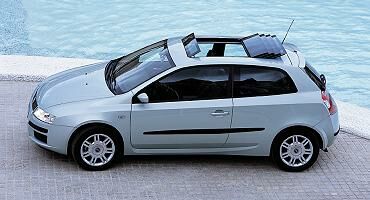
The
interior is aimed to offer class leading levels of equipment and includes
fully adjustable seats and steering wheel, customiseable central-locking,
various displays, trip computer, six-speaker sound system (with more available
as an option), electrically heated and adjustable door mirrors, adjustable
head restraints and various other 'goodies'. An automatic dual-zone climate
control system with an air quality sensor (controlling recirculation) is
optional as are electrically adjustable seats (with a memory), cruise control
(standard on the Abarth), improved sound systems, CONNECT integrated communications
and navigation system, steering wheel controls, rain sensor, automatic
headlights, parking sensor, radar cruise control, remote control central
locking, completely keyless entry and start system, segmented glass sunroof
and more.
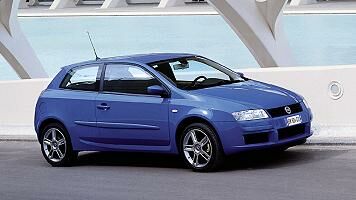
Occupant
safety has been concentrated on, both in the design of the structure and
in the provision of six airbags as standard (two front, two side and two
window bags with two sidebags in the rear optional), height adjustable
front seatblets with pretensioners, adjustable head restraints, side intrusion
bars, fire protection system and more.
Other novel features include the now established 'follow-me-home' headlights (first seen on the Punto) and the new 'puddle-lights' which illuminate the ground beneath the front doors when the doors are opened !
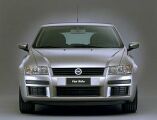
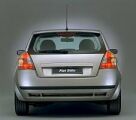
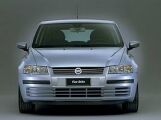
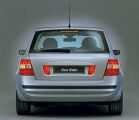
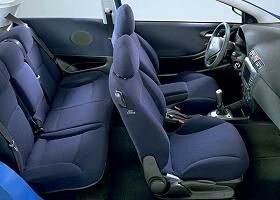
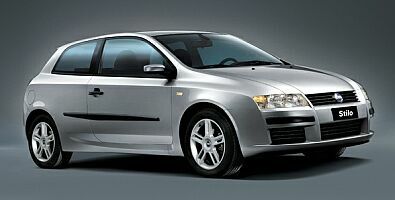
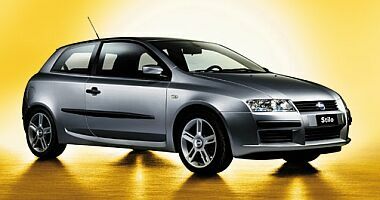
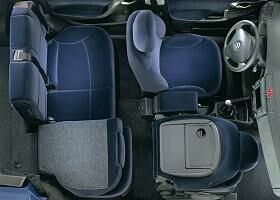
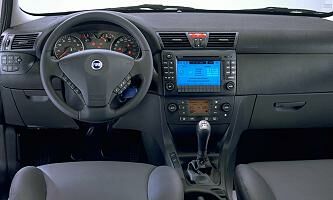
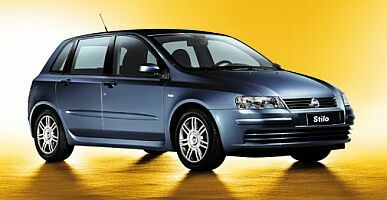
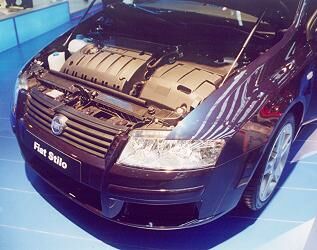
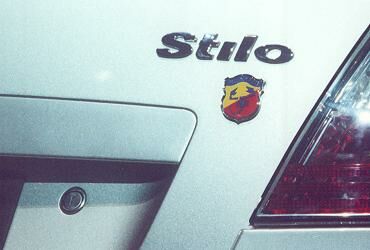
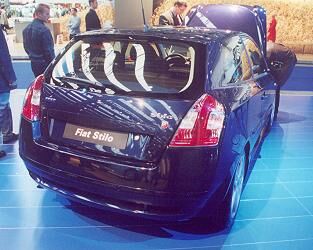
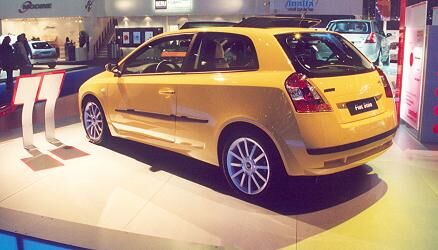 see the Stilo at the
see the Stilo at the